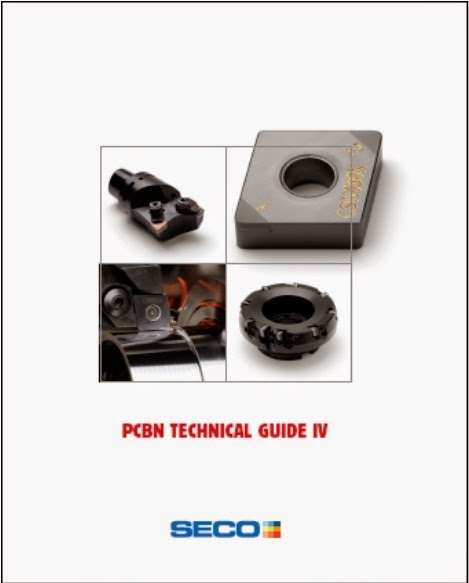Designed to accommodate narrow cutting edge widths in grooving and parting-off operations, Seco’s MDT (Multi-Directional Turning) system has traditionally consisted of single-sided PCBN inserts, as well as mono and modular tool holders for radial internal, external and axial machining. This range is continuously growing.
At the same time, stability and accuracy in positioning are required. The patented Secoloc™ serrations between the holder and insert make SECO MDT the most rigid groove-turning system on the market.
Almost everything is possible: grooving, copying, turning, plunging, face and internal machining. With SECO MDT and Secomax™ PCBN you can machine hardened grooves and surfaces that are usually difficult to reach.
The edge quality and selected Secomax™ PCBN grades guarantee excellent surface finish and long tool life. The stability and positioning accuracy of SECO MDT allows machining to close tolerances with high cutting data. Secomax™ MDT inserts are available in the grades CBN010, CBN170 and CBN200.
 Author: Author:Per Ola Jönander Product Specialist SECOMAX PCBN/PCD/CERAMIC SECO TOOLS AB 737 82 Fagersta, Sweden Office +4622340818 Mobile +46703163555 email:perola.jonander@secotools.com |









